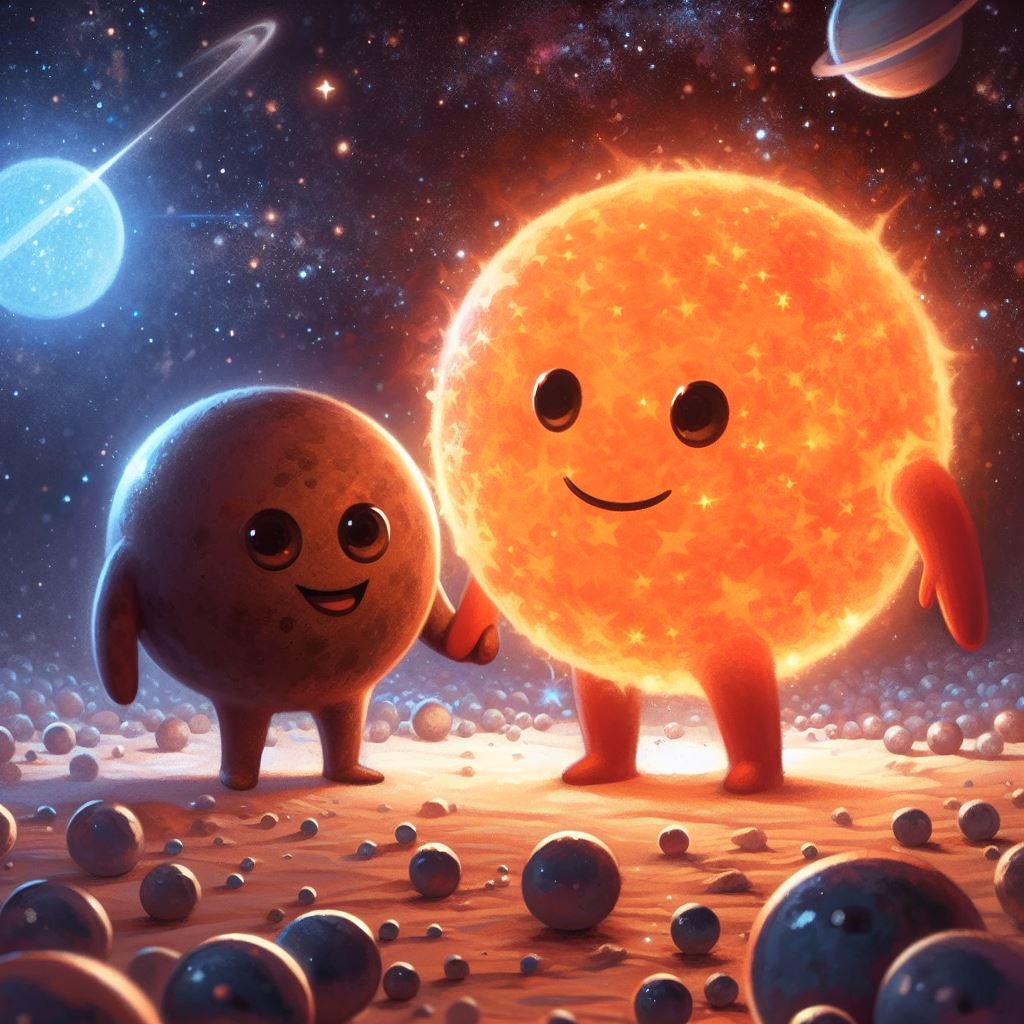
Splinter Summary
While our understanding of brown dwarf science has advanced significantly in the near 30 years since the first spectral and characteristic standards were discovered, countless open questions remain about the physical and chemical nature of these objects.
To name a few: what types of convective processes and/or thermochemistry drives differences between observed and model spectra? What causes the appearance of observable atmospheric clouds and/or variability in certain objects? How can we determine the formation history of an object from observational data?
While individual characterization of brown dwarf atmospheres and fundamental parameters is impeded by the age-mass-temperature degeneracy that exists due to the thermal evolution of these objects, companion systems have the potential to break this degeneracy.
When in wide orbits (e.g. > 25 AU), brown dwarf companions within a few tens of parsecs can be fully resolved allowing them to be observed without interference from their host star, making these valuable “benchmark” systems.
By assuming coevality, benchmark companions to main sequence stars share properties like age and chemical composition that are more easily measurable in their primary star.
The potential to utilize the wealth of data available on brown dwarf host stars is unparalleled.
Chemical mapping has already been used to explore the possible origins and evolutionary pathways of stars and planets within our galaxy.
This approach has been taken by galactic cartographers to understand large scale chemical structure of disk stars (e.g. Hawkins et al. 2023) as well as solar neighborhood cartographers focusing on exoplanet host star abundances (e.g. Teske et al. 2019).
With over 100 benchmark systems now known and highly detailed and complete spectral energy distributions available with JWST, we can now apply this technique to the field of substellar science.
In this CS22 splinter session, we will focus on the application of primary stellar data (age, dynamics, chemistry) to help illuminate the atmospheric modeling and subsequent interpretation of substellar companion data.
By bringing together experts both in the field of substellar and stellar atmospheric characterization, we will highlight the current application of benchmarks and discuss further potential for a better understanding of substellar formation and evolution.
Relevance for Cool Stars 22
The beginning of CS22 marks nearly two years since the first images and data were released from the James Webb Space Telescope and almost thirty years since the first bonafide benchmark brown dwarf - Gliese 229B - was published. Significant papers using JWST data have already been published on substellar atmospheric chemistry to a level of detail never before seen. With several more JWST programs scheduled to specifically observe companion brown dwarfs, it is highly relevant and scientifically exciting for participants to discuss how a complete characterization of these systems will progress substellar science. Moreover, the Cool Stars meeting has been drawing together both stellar and substellar researchers for almost two decades. Therefore it is an ideal location to hold a splinter session where both parties would be present and motivated to collaborate. We believe that Cool Stars 22 is the perfect timing for collaboration between stellar and substellar researchers given that JWST ensures that “benchmark companions” enter an era where they can truly benchmark brown dwarf science.
